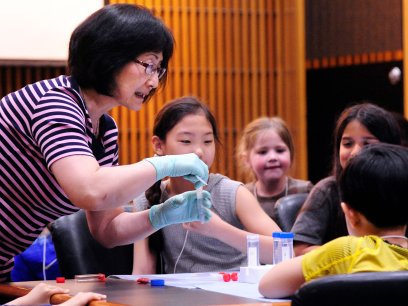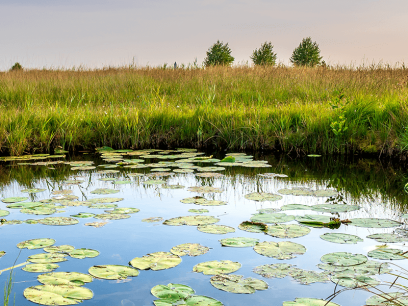
Why Plan an Environmental Education Activity?
Planning and running an environmental education activity offers more than just a learning opportunity—it’s a chance to make a real difference. Whether you’re guiding students, engaging volunteers, or reaching out to the community, well-planned activities can deepen understanding, inspire action, and foster a lasting connection with the environment.
By thoughtfully preparing, executing, and concluding your activity, you help build an awareness and appreciation of the natural world, promote sustainable practices, and empower others to make impactful changes to their local environment. To achieve these outcomes, it's essential to approach each activity with a clear plan and deliberate execution.
Planning, Executing, and Concluding an Environmental Education Activity
Planning Your Activity
Start by laying the groundwork for your environmental education activity. This involves frontloading, which means explaining the purpose and goals of the activity beforehand, and framing, which involves setting the activity in context, addressing safety concerns, and demonstrating any necessary skills.
- Define Objectives: Start by clearly outlining what you want to achieve with the activity. For example, if your goal is to raise awareness about water conservation, your objectives might include educating participants about water scarcity and teaching practical ways to save water.
- Frame the Activity: To make the activity engaging and relevant, use stories or metaphors that connect the activity to a broader environmental context. For instance, if you’re teaching about recycling, you might choose to highlight a community that transformed their waste into valuable resources, showing how individual effort can contribute to a bigger impact.
- Safety First: Ensure that all safety guidelines are discussed, rules are set, and any necessary skills are demonstrated. For example, if your activity involves outdoor exploration, explain how to handle equipment safely and how to respond to potential hazards in the environment.
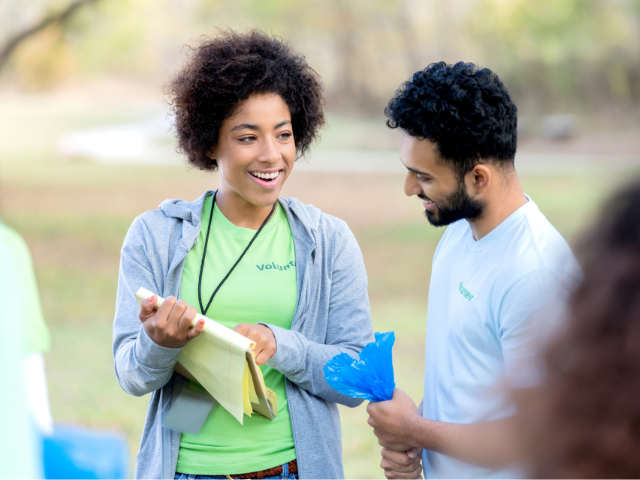
Executing Your Activity
Connect the activity to broader environmental issues, whether local or global. Use relevant examples and stories to engage participants and make the activity relatable.
- Engage Participants: Use interactive methods like hands-on experiments or group discussions to keep everyone involved. For example, if you’re running a workshop on composting, have participants create their own compost bins and observe the process over time.
- Contextual Learning: Relate the activity to participants' personal experiences to make the content more relatable. For instance, if discussing local wildlife, encourage participants to share their observations and experiences with local species.
- Monitor and Support: Throughout the activity, ensure participants adhere to safety guidelines and provide support as needed. For example, if you're leading a field trip, keep track of participants' locations and be ready to assist with any questions or issues that arise.
Concluding Your Activity
Concluding an environmental education activity effectively ensures that participants reflect on their experiences, understand the broader implications of their efforts, and are motivated to take further action. Here’s how to wrap up with impact:
- Debrief the Experience: Conduct a debrief to help participants reflect on what they learned and how they might apply this knowledge. Set clear ground rules to ensure a respectful and productive discussion.
Questions to Encourage Sharing:
- How do you think this activity has changed your perspective on [specific topic] (e.g., water conservation, biodiversity)?
- What aspect of the activity did you find most engaging or memorable?
- Is there anything you would have liked to do differently during the activity?
Example Discussion:
After a workshop on composting, you might ask, “What did you find most surprising about the composting process?” or “How do you plan to incorporate composting into your daily routine?”
- Connect to Real-World Issues: Help participants see the broader relevance of what they learned by connecting the activity to real-world environmental issues. Discuss how the insights gained can be applied in their daily lives or in their communities.
Questions to Guide This Discussion:
- How can the knowledge gained from this activity be applied to address environmental challenges in your community?
- What specific actions can you take to continue supporting [specific environmental issue] (e.g., reducing plastic use, protecting local wildlife)?
- How can you share what you learned with others to encourage them to take action as well?
Example Discussion:
If the activity was about plastic pollution, you might ask, “What are some ways you can reduce plastic waste in your everyday life?” or “How can you spread awareness about the impact of plastic pollution?”
- Call to Action: Encourage participants to continue engaging and applying what they’ve learned. Provide concrete suggestions for ongoing involvement and learning.
Examples of Calls to Action:
- Share your experience and what you learned today with your friends and family to spread awareness.
- Explore and support local environmental initiatives or public lands in your area.
- Volunteer for local environmental projects to help promote sustainable practices.
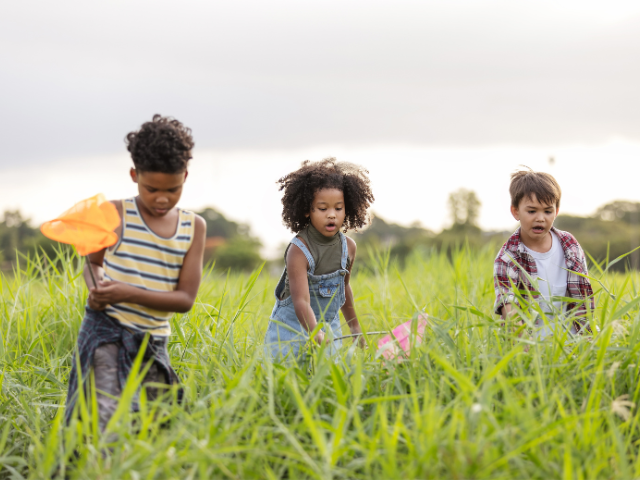
Environmental Education Games and Activities
Games are an effective and engaging way to teach participants about environmental topics. They make learning fun and help convey complex concepts found in ecosystems.
Games create a safe space for participants of all knowledge levels, reducing pressure to find the "right answer." After the game, a brief discussion or debrief helps solidify the educational value by allowing participants to reflect and ask questions.
Here are some examples of EE games and activities that can be integrated into different educational contexts.
Air Quality
- Clean Air Game: Students roll dice and move game pieces, adding or removing pollutants from the air based on where they land. The team with the lowest pollution wins, promoting discussions on air quality and pollution prevention.
- Smog in a Jar: Create a visual demonstration of how smog forms using a glass jar, water, and matches. Discuss the sources of air pollution and ways to reduce it.
Biodiversity
- Migration Hopscotch: Draw a hopscotch diagram in the sand or use ropes, chalk, or carpet squares. Participants act as birds migrating from Canada to Mexico, stopping at various points to rest and eat.
- Bat and Moth: Played at night, participants form a circle to represent trees. One volunteer is the bat (blindfolded) using echolocation (clapping) to find the moth (another volunteer clapping back).
Water Quality
- Create a Water Filter: Engage students in a hands-on STEM activity by having them create their own water filter using everyday materials such as coffee filters, rocks, clean sand, paper towels, soda bottles, cotton balls, and rubber bands. This activity helps students understand the process of water filtration and the importance of clean water.
- Water Pollution Detectives: Have students investigate local water sources for signs of pollution. Provide them with testing kits to measure pH, turbidity, and the presence of pollutants. Discuss the impact of pollutants on ecosystems and human health, and brainstorm ways to reduce water pollution.
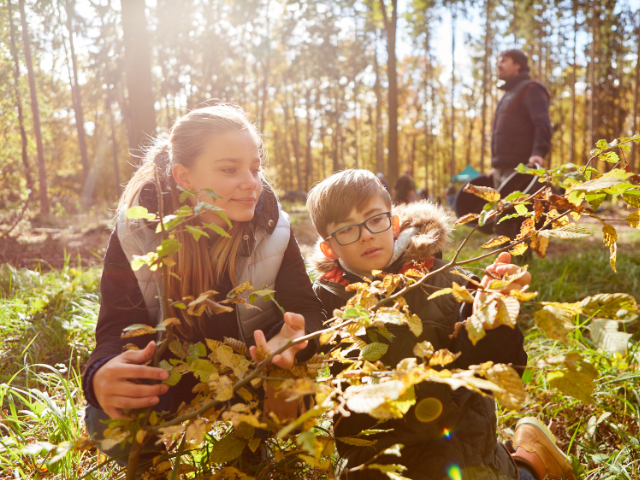
Essential Environmental Education Resources
To enhance your environmental education activities, explore these essential resources. You will find a wealth of tools, guides, and insights to help you plan engaging and impactful lessons on varied environmental topics.
Whether you're an educator, volunteer, or community leader, these resources can support your efforts, offer fresh ideas, and deepen your connection with your audience.
- Learn more about Greening STEM and how it engages youth in outdoor environments.
- Explore various Environmental Education Resources like toolkits and infographics to bring environmental education to life.
- Understand the Benefits of Environmental Education, such as improved academic performance and greater student engagement.
Enhance Your Environmental Education Efforts
To make the most of your environmental education activities, dive deeper into the wealth of resources we offer. Our Public Lands Engagement Guides, developed in collaboration with the National Park Service and the USDA Forest Service, provide extensive strategies and tools for planning and executing impactful events on public lands.
Filled with real-world examples, expert tips, and featured resources, these guides will help you integrate health, wellness, and education into your community events. From accessibility recommendations to effective environmental education activities, you'll find everything you need to elevate your engagement efforts.
Register for your free copies here and access valuable insights that go beyond what’s covered on this page. Equip yourself with the knowledge to create meaningful and successful environmental education experiences!
